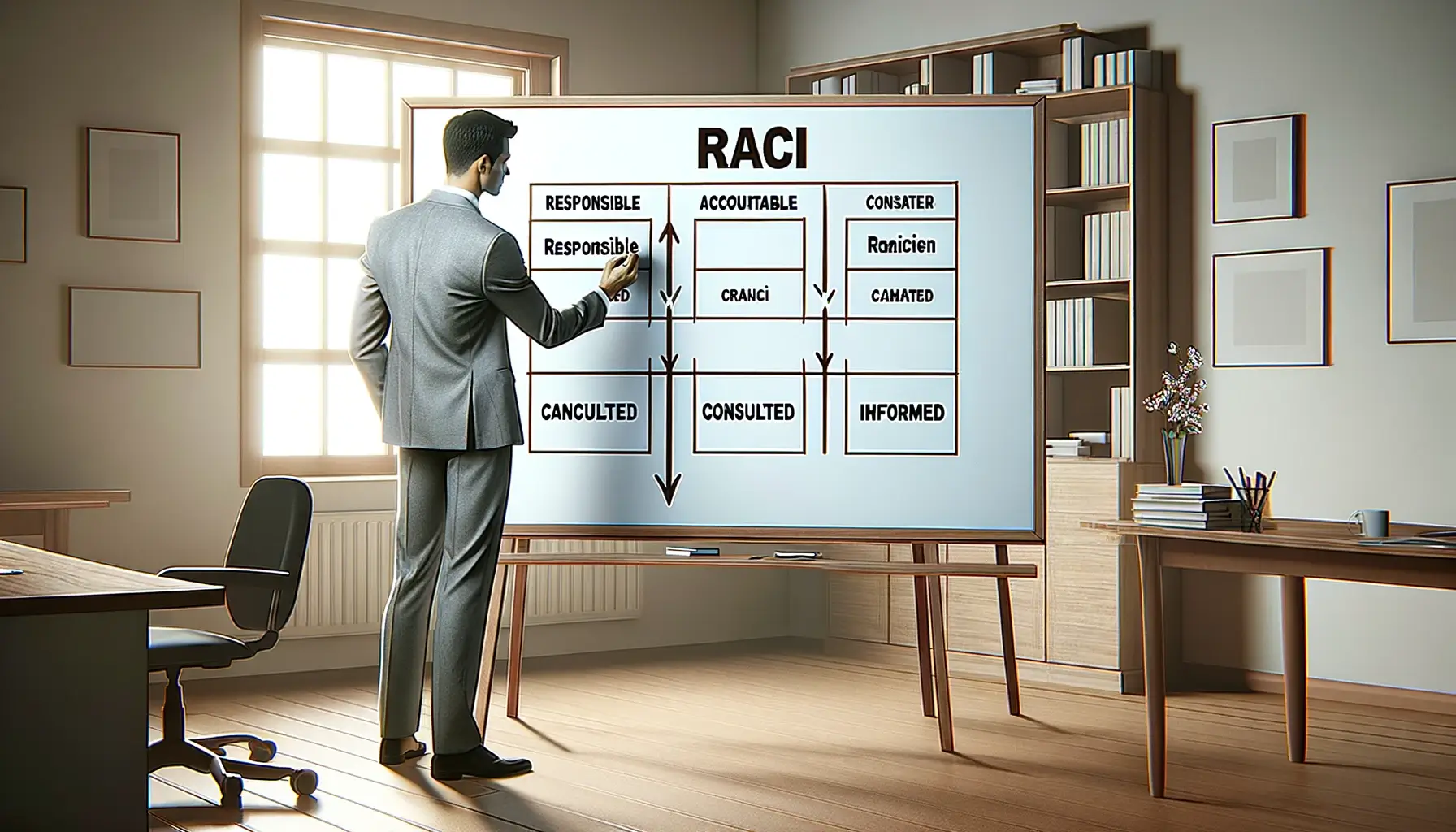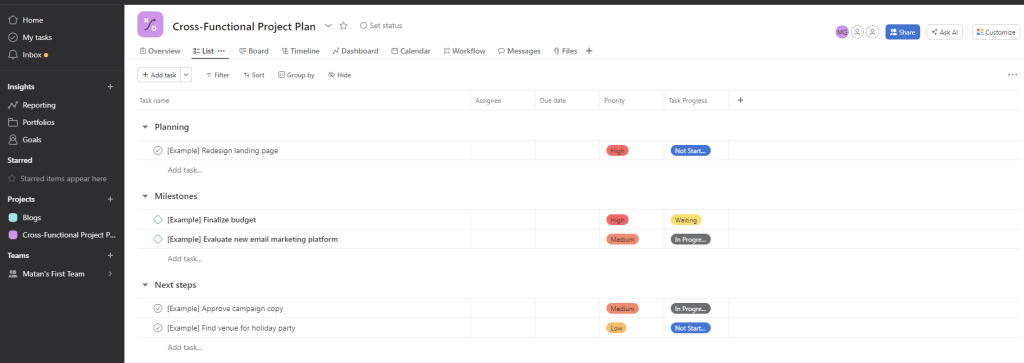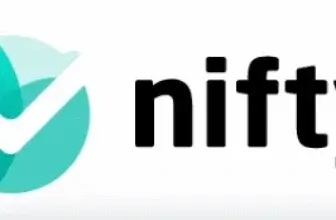
Introduction
In the world of project management, effective communication and clear delineation of roles and responsibilities are key to successful project completion. Without a proper understanding of who is responsible for what, tasks can be left unattended or duplicated, leading to confusion and delays. That’s where the RACI Matrix comes into play. In this comprehensive guide, we will delve into the intricacies of the RACI Matrix, explore its rules and roles, understand its importance, learn how to create one, discover the best practices, and explore its application in project management.
What is a RACI Matrix
The RACI Matrix, also known as the RACI chart or RACI model, is a popular tool used to clarify roles and responsibilities within a project. RACI stands for Responsible, Accountable, Consulted, and Informed, representing four key roles involved in any task or decision. Each role is assigned a specific responsibility level, ensuring that everyone understands their part in the project.
RACI Chart Rules and Roles
The RACI Chart follows a set of RACI chart rules that govern the assignment of roles and responsibilities:
-
Responsible (R): This role denotes the person or team who is responsible for completing a task or delivering a specific outcome. They are the individuals who actively carry out the work.
-
Accountable (A): The accountable role represents the person who is ultimately answerable for the success or failure of the task. This individual makes decisions and ensures that the responsible party completes the task satisfactorily.
-
Consulted (C): The consulted role includes individuals who possess relevant knowledge or expertise and are involved in decision-making processes. Their input is sought before making crucial decisions or taking significant actions.
-
Informed (I): Individuals in the informed role are kept up to date on the progress and outcomes of the task or project. They need to be aware of the decisions and actions taken but are not directly involved in the task’s execution.
Why Are RACI Roles Important?
The RACI Model plays a vital role in project management for several reasons. First and foremost, it provides clarity regarding who is responsible for what, minimizing confusion and avoiding duplication of efforts. By clearly defining roles and responsibilities, the RACI Model ensures that tasks are completed efficiently and effectively, reducing the risk of project failure. Furthermore, adhering to RACI matrix rules helps in maintaining a disciplined approach to project management.
Additionally, it promotes accountability. Assigning an accountable role ensures that there is a designated person who takes ownership of the project’s success. This accountability fosters a sense of responsibility among team members, leading to increased productivity and motivation.
Furthermore, the RACI Model encourages effective communication and collaboration. By involving individuals in the consulted and informed roles, the matrix ensures that all relevant stakeholders are included in the decision-making process. This promotes transparency and allows for the integration of diverse perspectives, leading to better outcomes.
Who Creates the RACI Matrix?
The creation of a RACI Matrix is a collaborative effort that involves key stakeholders in the project. The project manager typically takes the lead in developing the matrix, as they have a holistic understanding of the project’s objectives and the roles required for its successful completion. However, it is crucial to involve team members and subject matter experts to ensure accuracy and comprehensive coverage of responsibilities.
How to Create a RACI Matrix
Creating a RACI Matrix involves the following steps:
-
Identify tasks and deliverables: Begin by identifying all the tasks and deliverables involved in the project. Break down the project into manageable components to ensure that nothing is overlooked.
-
Assign RACI roles: For each task or deliverable, assign the RACI roles. Determine who is responsible for completing the task (R), who is accountable for its success (A), who needs to be consulted (C), and who should be informed (I).
-
Document the RACI Chart: Create a visual representation of the RACI Chart using a spreadsheet or a specialized project management tool. List the tasks and deliverables in one column and assign the appropriate RACI roles in the adjacent columns.
-
Review and refine: Once the initial RACI Chart is created, review it with the project team and stakeholders to ensure accuracy and completeness. Make necessary revisions based on feedback and adjust the roles and responsibilities as required.
-
Communicate and implement: Share the finalized RACI Matrix with the entire project team and stakeholders. Clearly communicate the roles and responsibilities to ensure everyone understands their part in the project. Regularly revisit the matrix throughout the project lifecycle to ensure its relevance and make updates if necessary.
When Should You Use a RACI Matrix?
The RACI Matrix is a versatile tool that can be applied in various project scenarios. It is particularly useful in situations where there are multiple stakeholders, complex tasks, or a lack of clarity regarding roles and responsibilities. Here are some situations where using this tool can be beneficial:
-
Cross-functional projects: In projects involving multiple departments or teams, the RACI Model helps clarify responsibilities and ensure smooth coordination.
-
Decision-making processes: When critical decisions need to be made, involving the right individuals in the consulted role helps gather diverse perspectives and make informed choices.
-
Project handovers: During project transitions or handovers, the RACI Matrix ensures a seamless transfer of responsibilities and avoids gaps or duplications.
-
Process improvement initiatives: When analyzing and optimizing existing processes, the Chart helps identify bottlenecks and areas of improvement by clarifying roles and accountabilities.

RACI Model Best Practices
To make the most of the RACI Model in project management, consider the following best practices:
-
Clearly define roles: Ensure that each role’s responsibilities and decision-making authority are clearly defined to minimize confusion and conflicts.
-
Keep the matrix updated: Regularly review and update the Matrix throughout the project lifecycle to reflect any changes in roles or project requirements.
-
Involve key stakeholders: Collaborate with project team members, subject matter experts, and other stakeholders to gather insights and ensure comprehensive coverage of responsibilities.
-
Communicate effectively: Clearly communicate the roles and responsibilities outlined in the Matrix to all team members to avoid misunderstandings and foster a shared understanding.
-
Train and educate: Provide training and education on the RACI Matrix to team members to ensure they understand its purpose and know how to effectively utilize it.
RACI Matrix in Project Management
The RACI Matrix is a powerful tool in project management that enhances collaboration, improves communication, and ensures efficient task allocation. By clarifying roles and responsibilities, it minimizes confusion, reduces risks, and promotes accountability among team members.
Project managers can leverage the RACI Matrix to:
-
Streamline project execution: By clearly defining roles and accountabilities, the chart helps streamline project execution and ensures that tasks are completed by the right individuals.
-
Resolve conflicts: In case of conflicts or disputes, the RACI Matrix serves as a reference point to identify the responsible party and facilitate resolution.
-
Enhance stakeholder engagement: Involving stakeholders in the consultation and informed roles promotes their engagement, fosters a sense of ownership, and improves overall project outcomes.
-
Improve decision-making: By involving the right individuals in the decision-making process, the RACI Matrix ensures that decisions are well-informed, taking into account diverse perspectives and expertise.
Alternatives to the RACI Matrix
While the RACI Matrix is widely used and effective in many project management scenarios, there are alternative models and tools that can be used based on project requirements and preferences. These RACI chart alternatives and RACI matrix alternatives include:
-
RASCI Matrix: Similar to the RACI Matrix, the RASCI Matrix adds an additional role called Support (S). This role represents individuals or teams providing support to the responsible party.
-
DACI Matrix: An alternative to RACI, the DACI Matrix focuses on decision-making. It assigns the roles of Driver, Approver, Contributor, and Informed. It is particularly useful in situations where decision-making is a critical aspect of the project.
-
Responsibility Assignment Matrix (RAM): RAM is a broader matrix that includes more detailed information about roles, responsibilities, and skills required for each task. It goes beyond the simple RACI roles and provides a more comprehensive view of project assignments.
-
Role-Function Matrix: Another alternative to RACI, the Role-Function Matrix focuses on the functions or activities performed by each role within the project. It helps identify and assign specific functions to different team members.
It’s important to note that the suitability of these alternatives depends on the specific project and organizational context. Project managers should carefully evaluate the needs and requirements of their projects before choosing an appropriate model or tool.
monday.com known for its flexibility and user-friendly interface, adeptly integrates the principles of the RACI Matrix into its project management environment. This tool allows users to create custom columns that can be used to assign RACI roles to different team members. For instance, a column for each RACI category (Responsible, Accountable, Consulted, and Informed) can be set up, and team members can be assigned accordingly. This visual representation makes it clear who is responsible for each task, ensuring that all team members are aligned and aware of their roles.
Moreover, the platform’s notification and update features ensure that those in the ‘Consulted’ and ‘Informed’ roles are kept up-to-date on project progress and changes. Monday.com’s strength lies in its ability to adapt to various project management methodologies, making it an ideal choice for teams looking to implement the RACI model in a dynamic and intuitive way.
Further Exploration: There is much more to learn about Monday.com. For an in-depth review, visit Monday.com Review.

Asana, another popular project management tool, provides an effective framework for implementing the RACI Matrix. Asana’s task assignment and tagging features allow for clear delineation of responsibilities and roles. Each task or project in Asana can be tagged with custom tags representing R, A, C, and I roles, ensuring a clear understanding of each team member’s responsibilities. The tool’s comment section and progress updates are instrumental for those in the ‘Consulted’ and ‘Informed’ roles, offering a platform for collaboration and feedback.
Asana’s advantage in employing the RACI Matrix lies in its streamlined communication features and task-specific focus, which enhances clarity and accountability in project management. Its user-friendly interface and robust tracking capabilities make Asana an excellent choice for teams seeking an organized and efficient way to apply RACI principles.
Further Exploration: To discover more about Asana, check out the full review at Asana Review.

ClickUp is renowned for its versatility and comprehensive feature set, making it well-suited for incorporating the RACI Matrix. In ClickUp, custom fields can be created to represent the RACI roles, and tasks can be assigned accordingly. This customization allows for a clear visual representation of who is responsible, accountable, consulted, and informed for each task.
ClickUp’s powerful notification system ensures that team members in the ‘Consulted’ and ‘Informed’ roles are always updated on task progress and developments. The platform’s ability to integrate with a multitude of other tools further enhances its utility in a RACI-driven environment, facilitating seamless communication and information flow. ClickUp’s strength in employing the RACI Matrix lies in its customizability and comprehensive nature, which allows for a detailed and nuanced approach to role assignment and project management.
Further Exploration: To delve deeper into ClickUp, read the full review at ClickUp Review.

Conclusion
In conclusion, the RACI Matrix is a valuable tool in project management that empowers teams to effectively assign and understand roles and responsibilities. By providing clarity, promoting accountability, and facilitating communication, the RACI Matrix contributes to project success. Incorporate this powerful tool into your project management toolkit and watch as it brings order and efficiency to your projects.
For those seeking further insights into the best software options tailored to their unique business requirements, additional information can be found at Best Project Management Software. This resource provides a comprehensive overview, helping businesses make well-informed choices in their quest for the ideal workflow management solution.
FAQs
What does RACI stand for in the RACI Matrix?
RACI stands for Responsible, Accountable, Consulted, and Informed. These roles define the levels of responsibility and involvement for tasks and decisions within the RACI Matrix.
Who is responsible for creating the RACI Matrix?
While the project manager typically takes the lead in creating the RACI Matrix, it is important to involve the entire project team and key stakeholders to ensure accuracy and comprehensive coverage of responsibilities.
How often should the RACI Chart be updated?
The RACI Chart should be reviewed and updated regularly throughout the project lifecycle. It is essential to reflect any changes in roles, responsibilities, or project requirements to maintain its accuracy and relevance.
Can a person have multiple roles in the RACI Matrix?
Yes, in some cases, a person can have multiple roles. However, it is important to clearly define and communicate these roles to avoid confusion or conflicts.
What are the benefits of using a RACI Matrix?
The benefits include clarity in roles and responsibilities, accountability, effective communication, collaboration, and simplified decision-making. It helps minimize confusion, reduce risks, and promote project success
Is the RACI Model applicable only to large projects?
No, the model is applicable to projects of all sizes. It is particularly useful in situations where there are multiple stakeholders, complex tasks, or a need for clear role definition and accountability.
Can the RACI Matrix be used outside of project management?
Yes, the methodology can be applied in various contexts outside of project management, such as process improvement initiatives, organizational decision-making, or any situation that requires clarifying roles and responsibilities.
Are there any limitations to using the RACI Chart?
While the RACI chart is a valuable tool, it has limitations. These include complexity in large projects, potential role overlap or ambiguity, limited flexibility, and the need to avoid over-reliance on a single person for its development and maintenance.









